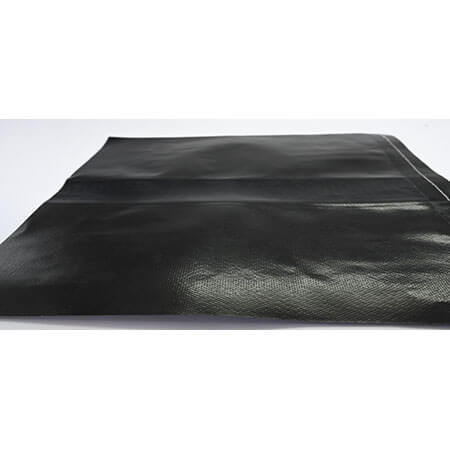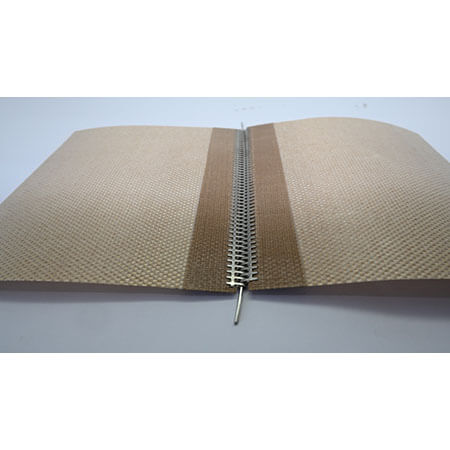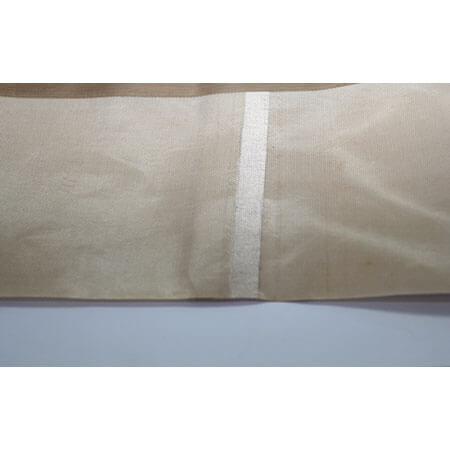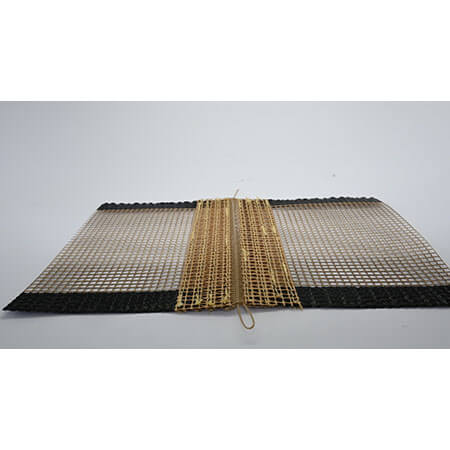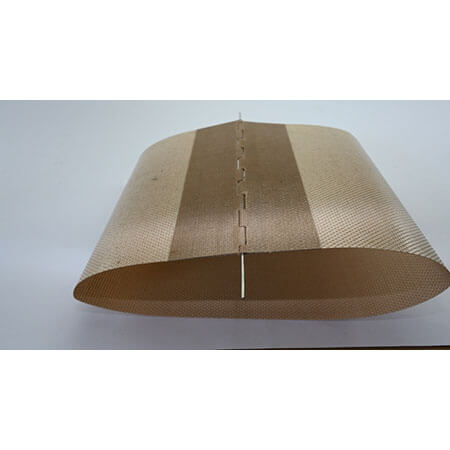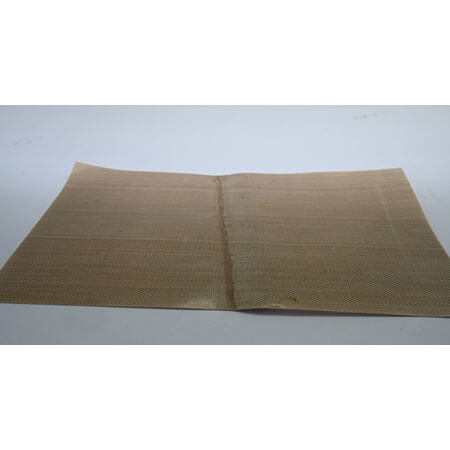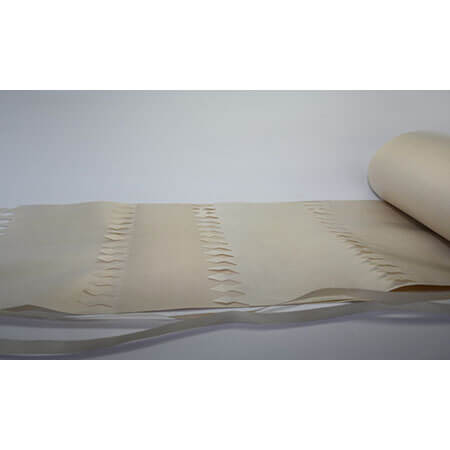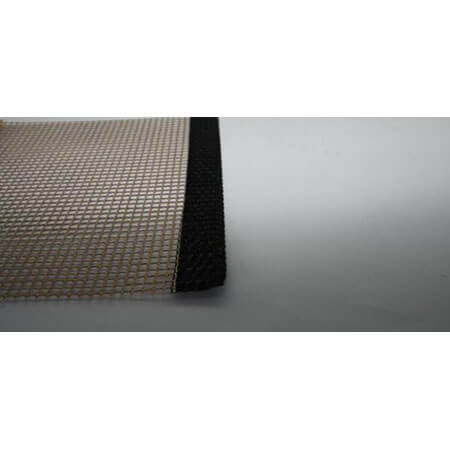The Teflon Belt Joint Process Method outlines the critical techniques and considerations involved in effectively joining Teflon conveyor belts. This process is crucial for maintaining the integrity and functionality of the belt, especially in high-temperature and chemically aggressive environments.
This joining method is widely used in industries such as food processing, packaging, and textiles, where Teflon belts are preferred for their non-stick properties and resistance to heat and chemicals. Proper jointing ensures continuous operation without failures, which is essential for maintaining productivity and efficiency in these applications.
This joining method is widely used in industries such as food processing, packaging, and textiles, where Teflon belts are preferred for their non-stick properties and resistance to heat and chemicals. Proper jointing ensures continuous operation without failures, which is essential for maintaining productivity and efficiency in these applications.
Teflon Belt Joint Process Method
Joining methods for Teflon Conveyor belts & power transmission belts
The fabric ends are cut in a finger pattern, matched together, then hot pressed. With this kind of joint, the weld length is decisive for the tensile strength. The joint part is quite flat, and it has a good result in the transporting article that require a flat joint. Application industries including apparel fusion machines, food conveyors (ex. egg crust, Mexican crust pre-cooking automation equipment), electronic parts, etc.
Joining methods for Teflon Conveyor belts & power transmission belts
The ends of the fabric are skived to a wedge shape, one end of the belt from the top, the other from the underside, and bonded together using PFA film, heat and pressure. This is a very strong welding method, and offer a very smooth transition for the product to run on the machine.
Joining methods for Teflon Conveyor belts & power transmission belts
Mechanical fasteners join or fasten two objects together mechanically. They are used in places where conveyor belts must be changed regularly or for applications where the belt needs to be replaced quickly. However, the mechanical fastener is a vulnerable part of the belt and may have openings where dirt can enter, so this is not a preferred solution for many applications.
Joining methods for Teflon Conveyor belts & power transmission belts
Butt joint is made by placing the two ends of a belt together and applying a certain wide piece of material underneath. This is then welded together ensuring the top surface is neat. Butt Belt Joints tend to be manufactured prior to fitting on the machine and are manufactured using a strap on the underside to offer additional strength. This method is a simple but very effective on making a belt endless at customer’s site. In the meantime, it can be an idea for machine isn’t easy to unassembled for belt replacement.
Joining methods for Teflon Conveyor belts & power transmission belts
With pre-inserted staples and a one-piece strip design, which Hinged and Stapled Fasteners makes splicing quick and easy (allows for quicker installation and easy change). The joint portion is flexible and it is made with special plastic material which allows you to use it in a certain high temperature environment, please contact us for more details.
Joining methods for Teflon Conveyor belts & power transmission belts
A castellated joint is made by creating interlocking loops from PTFE coated Kevlar materials. The two ends can then be connected together with a metal or peek pin. This method is easy to install on the machine while it has a feature of more flat than spiral peek joint method.
Joining methods for Teflon Conveyor belts & power transmission belts
Overlap Belt Joints – Overlap joints are a simple and easy joint to use where having an even surface is not critical. Overlap splices are the most popular type used in the industry and can be enhanced with molding for food processing applications. Overlap ranges from 25 mm to 140mm, with directional belt angles of 30, 45, 60, and 90 degrees. This type of joint can easy be made on a machine where the belt needs to be fitted onsite.
Joining methods for Teflon Conveyor belts & power transmission belts
We recommend the overlapped finger joint. As in this case, the ends to be joined are split into layers. Next, fingers are punched into the ends, which are then tacked together and welded under pressure and heat into an endless belt.
Again, the double-layer fabric is applied from the beginning to the end, using high temperature and pressure, so the tensile strength of the belt will be improved and it is especially suitable for conveyors with small wheel diameters, such as continuous sealing machinery and toilet paper packaging machinery.
Edging reinforcement and Tracking types
GCTC provide most of kinds of processing solutions to strengthen the edge of the conveyor belt, mainly to provide the anti-resistance feature and service life time of the belt. The most common way is to use a Teflon film to cover the edge for 1- inch width, and then place under the laminating machine with high temperature and pressure to cover the edge perfectly. Alternative way is using a piece of glass Fiber fabrics sewing onto the edges. To prevent direction shift t you can choose Kevlar or silicone rope to form the guide rope and sew it at a distance of 1/2" from the edge. This is a customized option. The following pictures and abbreviations are available for your reference.
Edge reinforcement - Teflon Glass Fabric Edging
Tracking Kevlar Rope
Silicone Tracking Rope
Tracking Eyelet
Selecting the appropriate Teflon Belt Joint Process depends on several factors:
Type of Belt: The thickness and width of the Teflon belt dictate the most suitable joint technique.
Operational Requirements: Consider the belt’s operational environment, including temperature and exposure to chemicals, to determine the most durable joint method.
Equipment Compatibility: Ensure the joint method is compatible with existing conveyor systems and machinery.
Q: What are the most common methods for joining Teflon belts?
A: The most prevalent techniques include overlap welding, butt welding, and the use of mechanical fasteners.
Q: How long does a joint typically last?
A: With proper installation and maintenance, a Teflon belt joint can last as long as the belt itself, depending on the operating conditions.
Recent advancements in Teflon Belt Joint Process technology include the development of more robust and easier-to-implement joining methods that reduce downtime and enhance belt performance. Innovations such as laser welding and ultrasonic bonding are gaining popularity for their strength and efficiency.
The manufacturing of Teflon belt joints involves precise control of heat and pressure to ensure a strong bond without compromising the belt’s integrity. Quality manufacturers and suppliers use state-of-the-art equipment to perform accurate and reliable joints, adhering to strict industry standards.
The
Type of Belt: The thickness and width of the Teflon belt dictate the most suitable joint technique.
Operational Requirements: Consider the belt’s operational environment, including temperature and exposure to chemicals, to determine the most durable joint method.
Equipment Compatibility: Ensure the joint method is compatible with existing conveyor systems and machinery.
Q: What are the most common methods for joining Teflon belts?
A: The most prevalent techniques include overlap welding, butt welding, and the use of mechanical fasteners.
Q: How long does a joint typically last?
A: With proper installation and maintenance, a Teflon belt joint can last as long as the belt itself, depending on the operating conditions.
Recent advancements in Teflon Belt Joint Process technology include the development of more robust and easier-to-implement joining methods that reduce downtime and enhance belt performance. Innovations such as laser welding and ultrasonic bonding are gaining popularity for their strength and efficiency.
The manufacturing of Teflon belt joints involves precise control of heat and pressure to ensure a strong bond without compromising the belt’s integrity. Quality manufacturers and suppliers use state-of-the-art equipment to perform accurate and reliable joints, adhering to strict industry standards.
The
 English
English Français
Français Deutsch
Deutsch Русский
Русский Português
Português Italiano
Italiano हिन्दी
हिन्दी Español
Español Nederlandse
Nederlandse العربية
العربية Tiếng Việt
Tiếng Việt ภาษาไทย
ภาษาไทย Bahasa Indonesia
Bahasa Indonesia বাঙ্গালী
বাঙ্গালী Türk
Türk 繁體中文
繁體中文